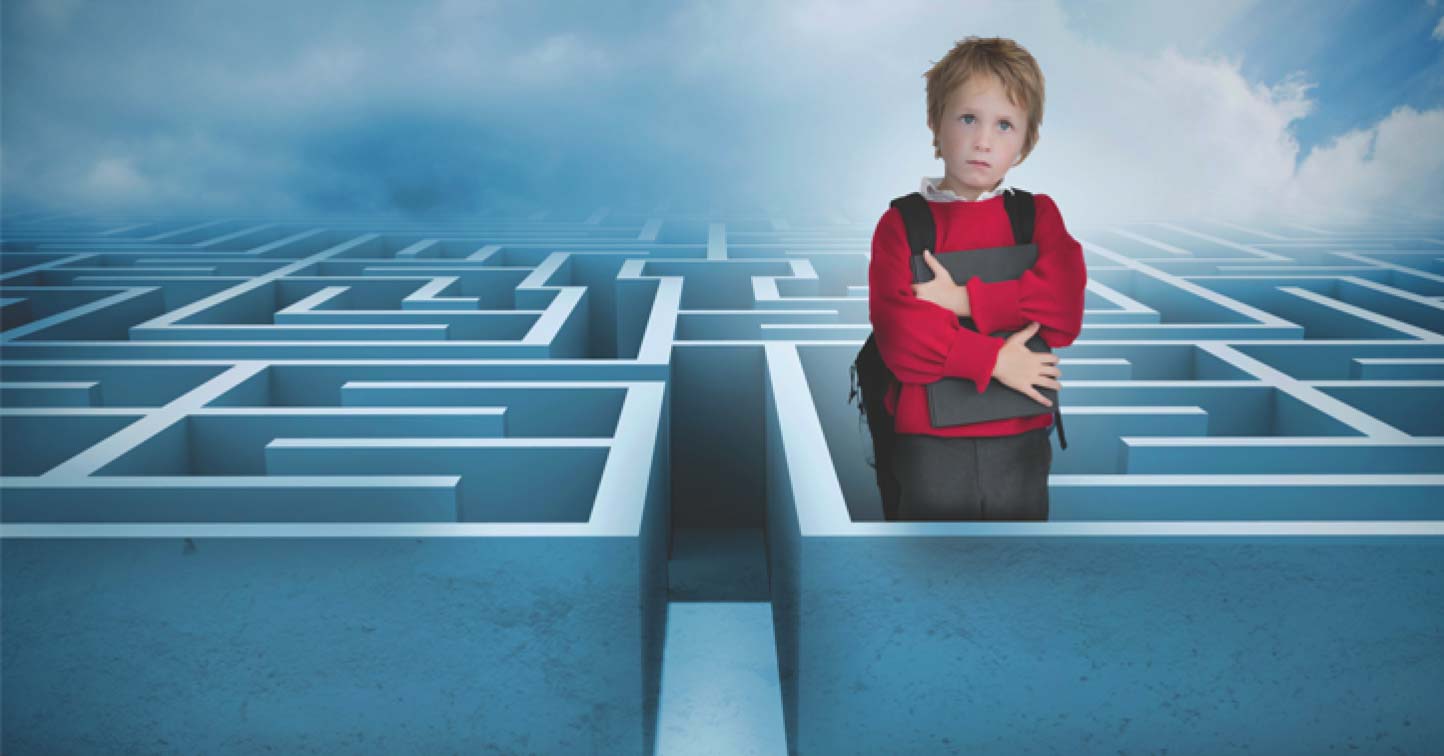Study info summary:
– Boys and girls
– Ages 8 -14
– Must have ADHD
– Can be on medications
– Optional pre/post MRI scans
It will be a six-month program, requiring:
– 8 Office visits (see address below)
– Bi-weekly phone check-ins
All materials will be provided. Compensation will be provided. Free parking.
Address:
McLean Hospital
115 Mill Street Belmont,
MA 02478
617-855-2973
We will use the contact details above to discuss your participation in this clinical study.
For immediate assistance, please contact Cindy: 617-855-2973
Comparison of Treatment with Hemi-Sync™ Sounds Versus Multimodal Sensory Enrichment for 8-12-Year-Old Children with ADHD
Background
The problem with current treatments for attention-deficit hyperactivity disorder (ADHD) is that medications typically play an important role in controlling symptoms, but symptoms resurface when the medication wears off1. Unfortunately, there are few if any enduring benefits from medications used to treat ADHD. This is seen most clearly in the follow-up analyses of the NIH-sponsored Multimodal Treatment Study of Children with ADHD (MTA)2. Initially, they found that careful medication management, or medication management combined with behavioral treatment of children with ADHD, produced better outcomes at 14-months than did behavioral treatments alone or community care. However, when participants were reassessed 2 years after the studies end2, or 6-8 years post enrollment3, it was clear that there were no significant beneficial effects on ADHD symptoms or academic performance, of having received 14-months of medication management or medication management combined with behavioral treatments2, 3. Consequently, we are interested in non-pharmacological treatments that may have enduring beneficial effects on children with ADHD.
Treatments with enduring beneficial effects may require many weeks or months to work. Hence, an ideal long-term treatment might function in conjunction with pharmacological treatments so that ADHD children can receive some rapid short-term beneficial effects of medication, but they then may be able to stop using medications, or benefit from lower doses of medications, as the long-term treatment takes hold.
We are currently studying three potential non-pharmacological treatments for ADHD in the Developmental Biopsychiatry Research Program at McLean Hospital, a major Harvard Teaching Hospital.
Research Project 1. In this study, we are comparing two non-pharmacological treatments in boys and girls with ADHD who are 8 – 12 years of age. This is a 6-month long free treatment program that we provide in addition to whatever treatments the child is currently receiving. Hence, they can be taking medication, receiving counseling, family therapy, school accommodations, etc. An important requirement though is that if they are taking medications that the medications be short acting (like Ritalin, Adderall or Atomoxetine) that can be stopped for 2 days so we can assess how symptomatic the child is off medication at the beginning, middle and end of the study. Non-invasive MRI scans will also be performed at the beginning and end of the study to determine if the non-pharmacological treatment led to any alterations in blood flow and connectivity in brain regions implicated in ADHD. Children will receive a comprehensive evaluation as part of the study. They can also enter the trial if they are not receiving any other treatments. All components of this study are free. Monies are provided to help cover local traveling expenses to McLean Hospital and to compensate children for their time going through the different evaluations. Participants are randomly assigned to either Treatment 1 or 2. If two children from the same family enroll they are randomly assigned to the same treatment. This is an ongoing study but still has several openings for new participants as of 11/20/15.
Treatment 1. Hemi-Sync™ sounds and classical music. Hemi sync™ is an “audio-guidance” technology, developed many years ago by Robert Monroe, that uses sound to influence brain wave activity to produce a focused, whole-brain state known as hemispheric synchronization, where the left and right hemispheres work together in a state of coherence. The specific Hemi Sync™ programs are designed to enhance concentration and attention by predominantly increasing alpha and beta EEG activity. Beneficial effects on sustained attention, resistance to distraction, alertness and irritability have been reported in a study of individuals with developmental disabilities4. Beta frequency binaural beats were also found to have a more beneficial effect on attention and mood than theta frequency beats5. Van der Schaar6 reported in a small study that Hemi-Synch ADD tapes hastened and augmented therapeutic benefits of a nutritional supplement for children with ADHD. These findings are also consistent with an expanding literature on the potential benefits of EEG-based neurofeedback approaches that augment beta activity in children with ADHD7, 8. While these Hemi-Sync™ findings are encouraging it must be pointed out that very few Hemi-Sync™ studies have been published in mainstream journals or even journals not directly linked to The Monroe Institute. Hence, a rigorous independent trial is needed.
Treatment 2. Multimodal Sensory Enrichment. This treatment derived from translational neuroscience studies showing that simultaneous exposure to multimodal sensory stimuli enhanced dendritic branching of brain cells, the density of synaptic connections within the brain, and the birth of new brain cells (neurogenesis)9, 10. Professor Michael Leon at the University of California, Irvine, developed a procedure to provide multimodal sensory enrichment to children and found in a randomized control trial that it was effective in ameliorating some of the symptoms of autism11; with 69% of parents of children in the enriched group versus 31% of parents of children in the control group reporting improvement in their child over the 6-month study11. In the course of treating children with autism, the investigators also noted improvements in attention and impulsivity and found in an open trial that multimodal sensory enrichment attenuated these symptoms in children with ADHD. Parents will be supplied with a kit that contains materials needed for the sensorimotor exercises and a URL to an internet-based program that teaches the parent and child how to do the exercises. The UC Irvine study with autism suggests that gains made from the enrichment exercises endure. This is an innovative potential treatment in need of rigorous evaluation.

